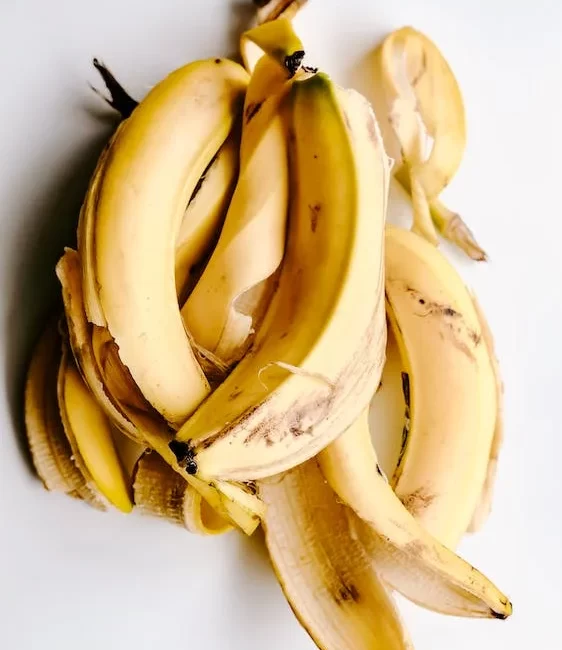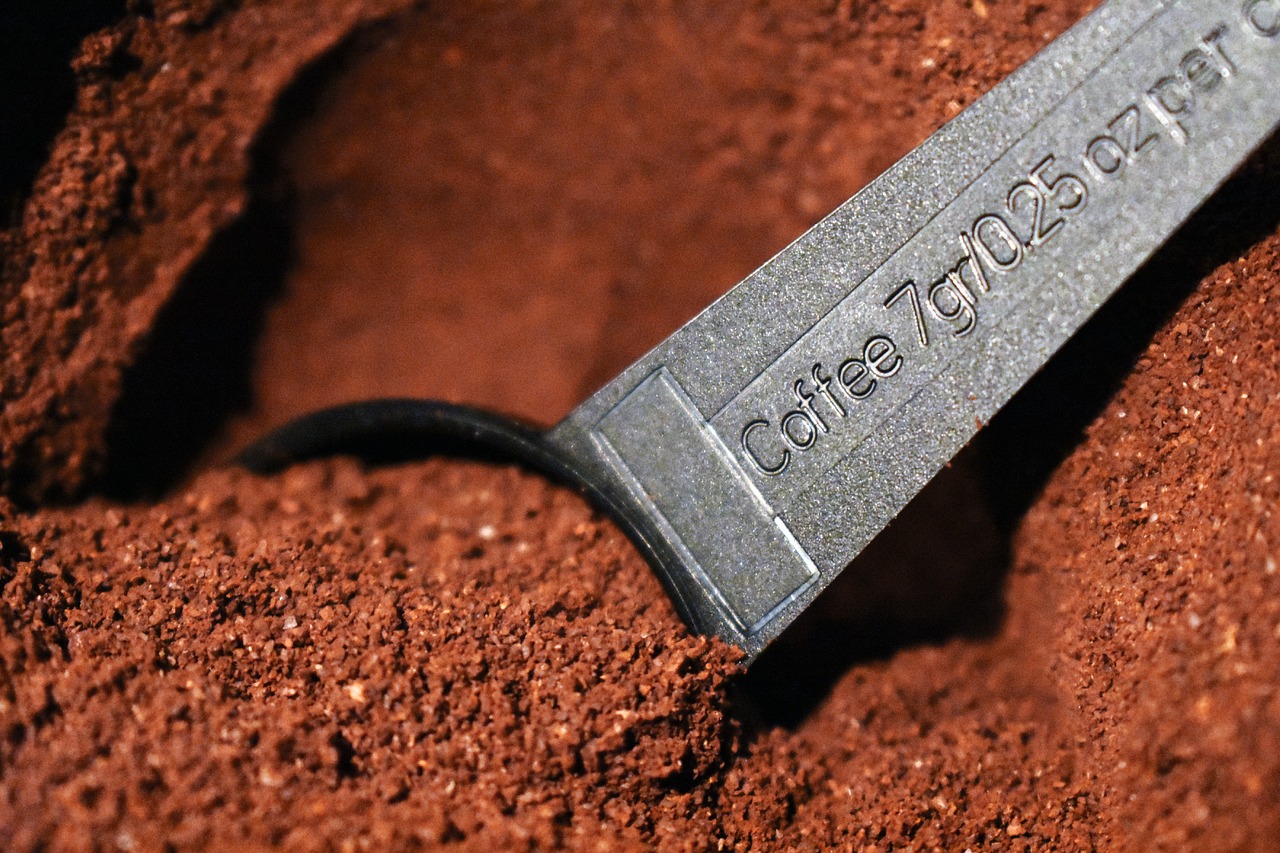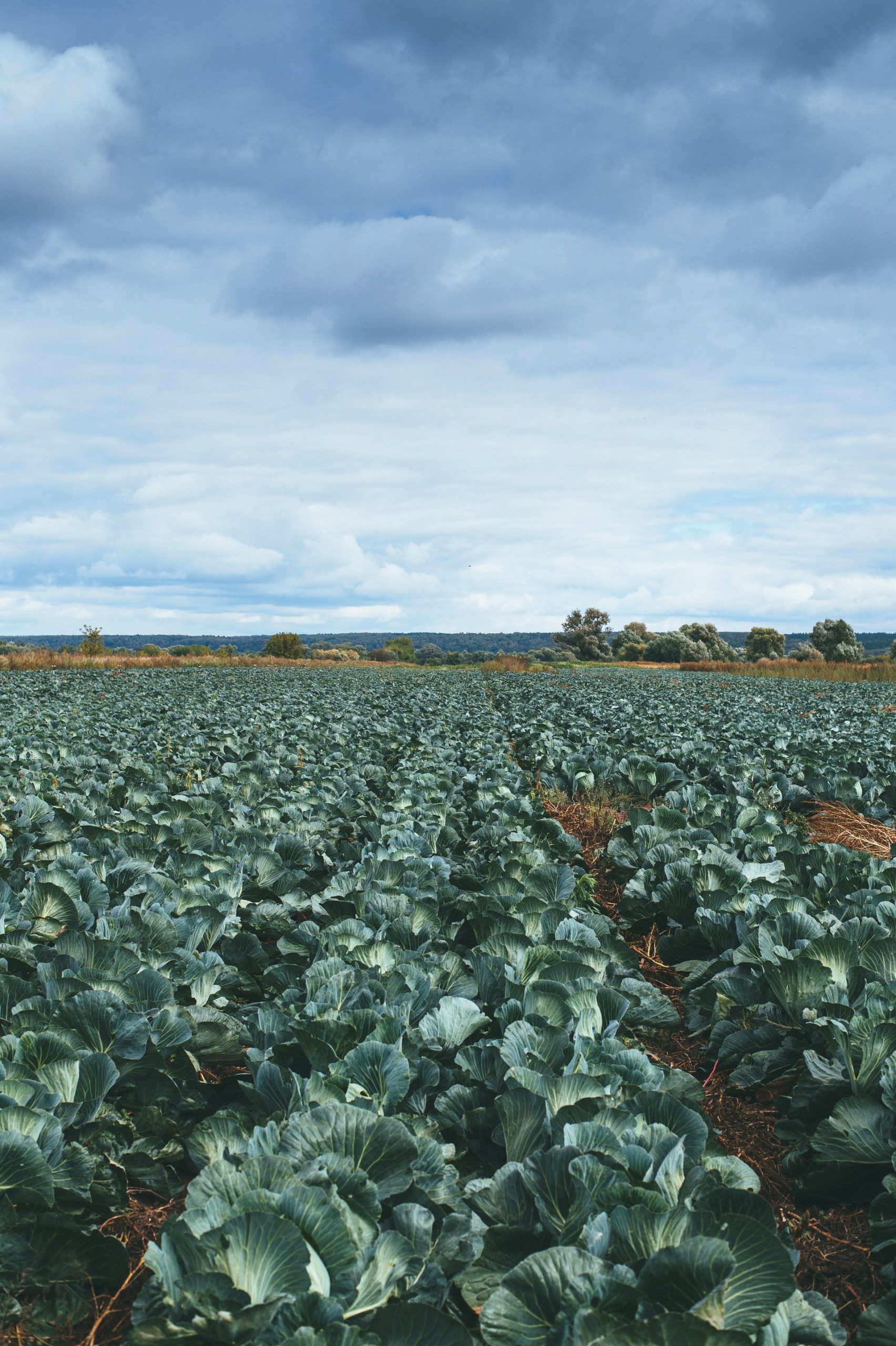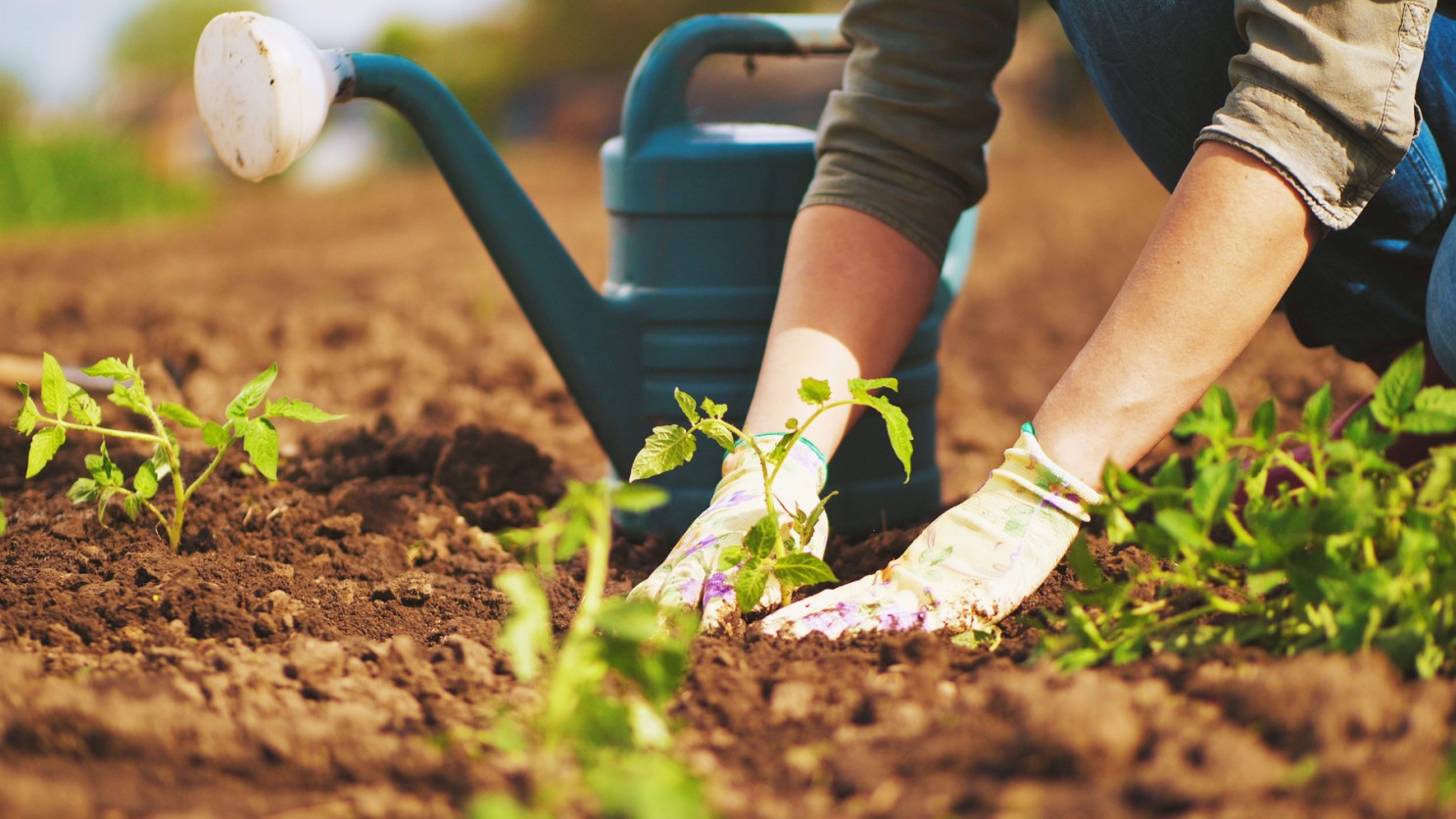How to Use Banana Peels as Fertilizer
Bananas are a widely consumed fruit worldwide, and their fleshy peels, which make up a significant portion of their weight, shouldn’t go to waste. In fact, banana peels can be a valuable resource for enriching the soil in your garden due to their nitrogen and mineral content. In this article, we’ll explore various methods of using banana peels as fertilizer, providing you with practical tips to make the most of this organic, nutrient-rich material.
Exploring the Potential of Banana Peels
Banana peels possess several beneficial components, including a high protein content (rich in nitrogen) ranging from 6 to 9% of dry matter. They also contain fibre (20-30%), starch (up to 40% in green plantains), and fast sugars (up to 30% in ripe dessert banana peels). Composting banana peels not only releases nitrogen but also provides potassium, phosphorus, magnesium, and iron—essential elements for enhancing plant growth, disease resistance, and root development.
Equipment needed to use banana peels as fertilizer:
Watering can with a head
Gardening gloves
Garden claw
Bucket
Method 1: Enhancing Roses with Buried Banana Peels
Banana peels rapidly decompose when buried in the soil. To utilize them as fertilizer for rose bushes, spread the peels at the base of the plants and lightly incorporate them into the soil. This method provides a slow release of nutrients over time, promoting healthy growth and vibrant blooms. The nitrogen content in banana peels helps nourish the rose plants, while potassium aids in regulating water movement within the cells, improving overall plant health.
Method 2: Mulching with Banana Peel Strips
Cut the banana peels into strips and use them as mulch around plants such as roses, tomatoes, zucchinis, and other vegetable crops. Apply the mulch around the base of the plants, extending it to cover the soil surface within the plant’s drip line. The mulch acts as a protective barrier, reducing weed growth, conserving moisture, and regulating soil temperature. As the banana peels break down, they gradually release nutrients into the soil, enriching it and promoting healthy root development.
Method 3: Creating Liquid Fertilizer from Banana Peels
Transforming banana peels into liquid fertilizer is a simple and effective approach to nourishing your plants. Cut the peels into small pieces and place them in a bucket filled with water. Allow the peels to soak for several days, stirring occasionally. This process allows the water to extract the nutrients from the peels. Afterward, strain the liquid and dilute it with water at a ratio of 1:3. Use this nutrient-rich liquid to water your plants, focusing on the root zone. Indoor plants, container plants, and hydroponic setups can greatly benefit from this homemade fertilizer.
Method 4: Enriching Compost with Banana Peels
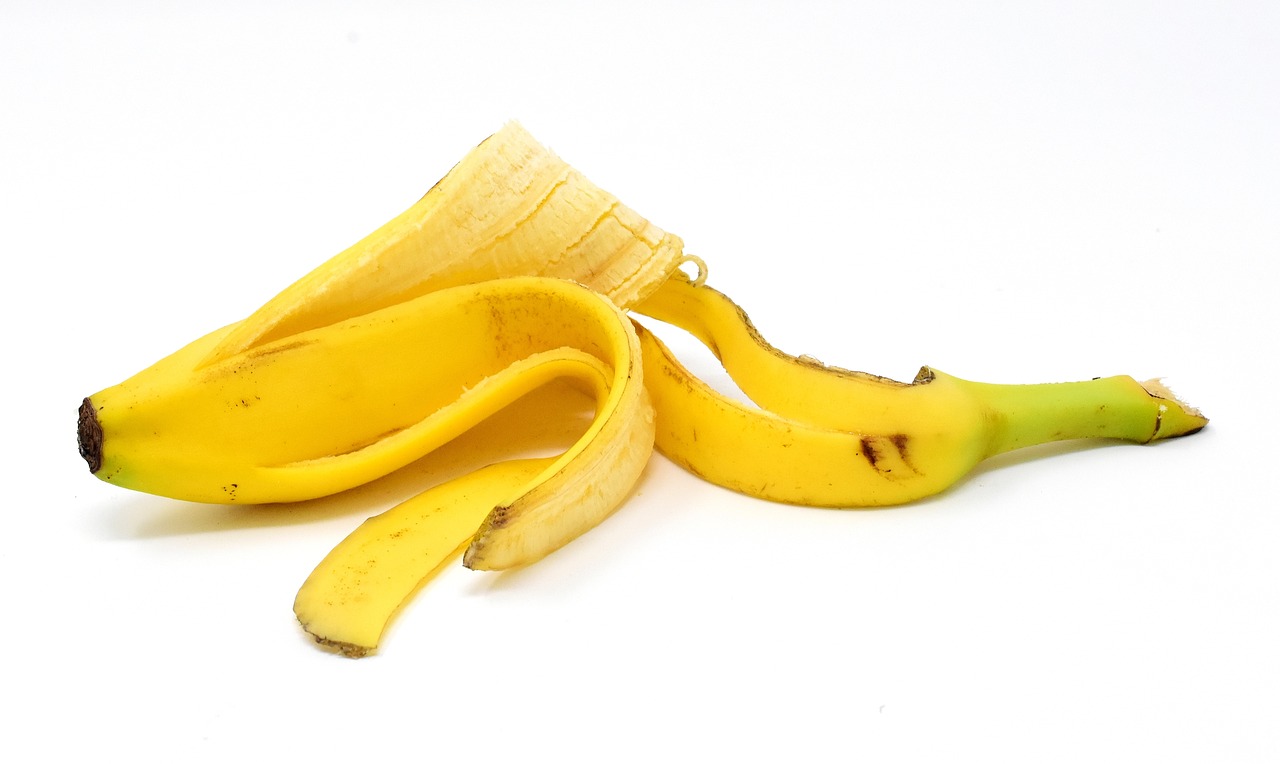
Banana peels are excellent additions to compost piles, contributing valuable organic matter. As “green waste,” they provide nitrogen, potassium, and phosphorus to the composting process. Chop the peels into small pieces before adding them to your compost bin or pile. To maintain a balanced compost, combine the banana peels with “brown waste” materials such as dried leaves, shredded newspaper, or straw. Regularly turn the compost to ensure proper decomposition and aeration. Over time, the banana peels will break down, contributing to nutrient-rich compost that can be used to enrich garden beds and potting mixes.
Banana peels are a sustainable and nutrient-rich resource that can be repurposed as organic fertilizer for your garden. By employing methods such as burying, mulching, creating liquid fertilizer, and incorporating them into compost, you can maximize the benefits of banana peels and contribute to a healthier, thriving garden. So, gather your banana peels and embark on an eco-friendly journey towards greener and more fruitful gardens.

